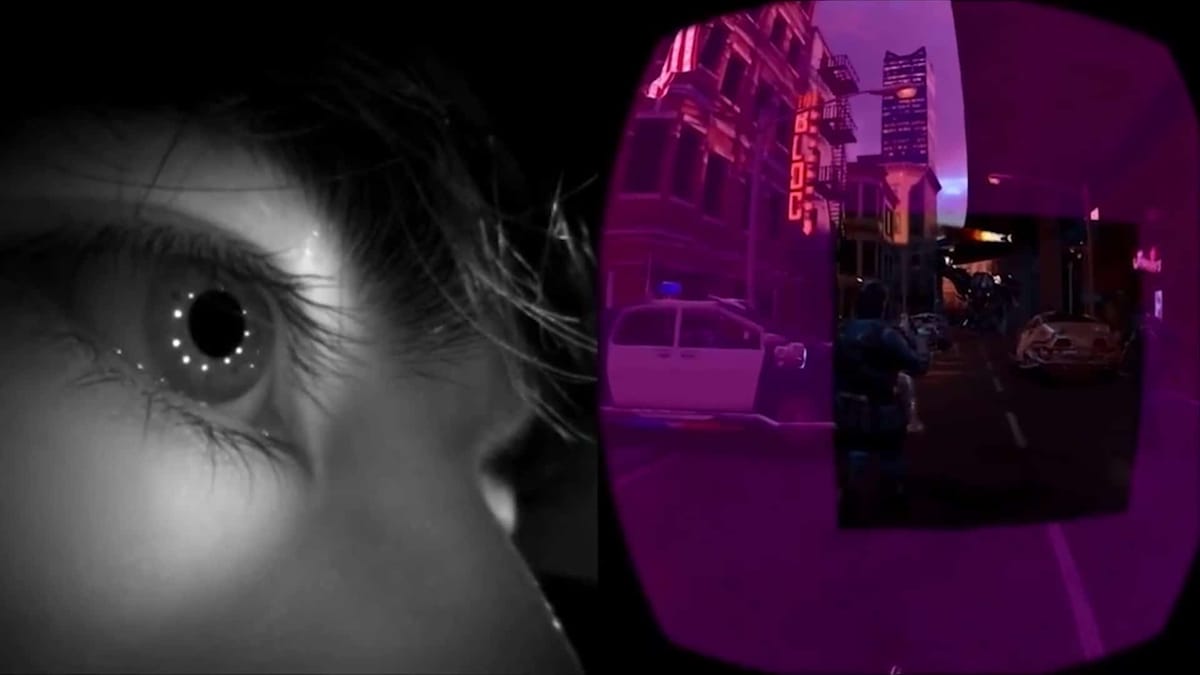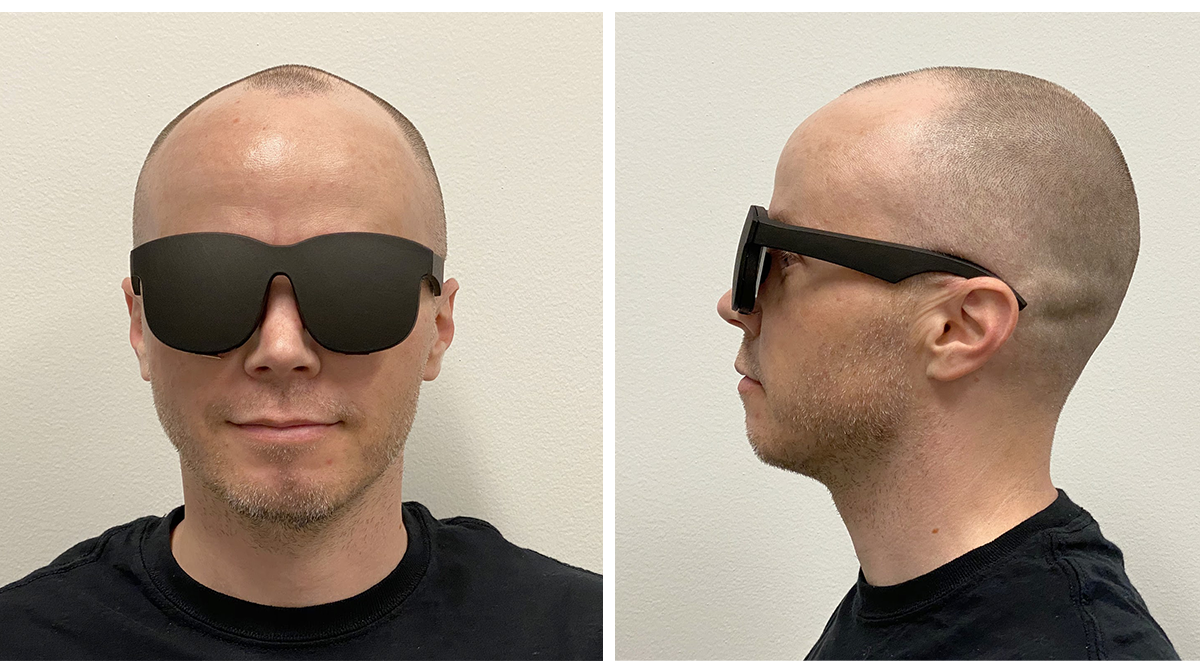What about aspherical lenses?
Can’t say I know much about those are they are extremely rare, but from what I gather :
It removes the fresnel ridge and god ray problems, has no impact on brightness, still requires a big focal distance so the headsets are as big as fresnel solutions, they are very expensive and heavy. I think only the Varjo headset has this.
The future is clearly micro-OLED/micro-LED + pancake when prices become reasonable.
There’s the Oculus prototype with holographic lenses which are don’t know much about and probably not ready for consumers until a long time for cost reasons. Has super small form factor, high resolution, no optic distorsion, address the focal distance. Eventually this is the way to glass form factor headsets.









